Home>Articles>What Size Of Electrical Wire To Use For Your Electrical Installation


Articles
What Size Of Electrical Wire To Use For Your Electrical Installation
Modified: January 19, 2024
Learn what size of electrical wire to use in different applications with our informative articles. Get expert advice on choosing the right wire gauge.
(Many of the links in this article redirect to a specific reviewed product. Your purchase of these products through affiliate links helps to generate commission for Storables.com, at no extra cost. Learn more)
Introduction
When it comes to electrical installations, one of the most important considerations is choosing the correct size of electrical wire. The wire size used in an electrical circuit determines the safety, efficiency, and overall performance of the electrical system. Selecting the right wire size ensures that the circuit can handle the electrical load without overheating or causing any hazards.
Choosing the right wire size is crucial for a successful electrical installation. Using an undersized wire can result in excessive heat, voltage drop, and even fire. On the other hand, using an oversized wire can be a waste of resources and can make the installation more cumbersome. To make an informed decision about wire size, there are several factors that need to be taken into consideration.
In this article, we will discuss the factors to consider when choosing the size of electrical wire. We will also explore the concept of wattage load calculation, the maximum ampacity of wire, voltage drop consideration, common wire sizes, and the importance of choosing the correct wire size for your electrical needs.
By the end of this article, you will have a clear understanding of the key considerations involved in selecting the appropriate wire size for your electrical installation. So, let’s dive in!
Key Takeaways:
- Choosing the right electrical wire size is crucial for safety, efficiency, and compliance. Factors such as wattage load, maximum ampacity, and voltage drop must be considered to ensure optimal performance and longevity of the electrical system.
- Consulting with a qualified electrician is highly recommended to determine the appropriate wire size for your specific application. By considering wattage load, voltage drop, and compliance with safety standards, you can make informed decisions that benefit your electrical installation.
Factors to Consider when Choosing Electrical Wire Size
Choosing the right size of electrical wire involves evaluating several factors to ensure optimal performance and safety. Let’s take a look at the key considerations:
- Wattage Load Calculation: The first step in determining the wire size is to calculate the estimated wattage load of the circuit. This involves identifying the electrical devices and appliances that will be connected to the circuit and determining their power consumption. The total wattage determines the amperage requirement, which in turn helps determine the appropriate wire size.
- Maximum Ampacity of Wire: Each wire size has a maximum ampacity, which is the maximum amount of current that the wire can handle without overheating. The National Electrical Code (NEC) provides guidelines for the maximum ampacity for different wire sizes. It is essential to choose a wire size that can safely handle the expected load without exceeding its maximum ampacity.
- Voltage Drop Consideration: Another crucial factor to consider is voltage drop. Voltage drop refers to the decrease in voltage that occurs when current flows through a wire. Excessive voltage drop can lead to a decrease in the performance of electrical devices and appliances. To minimize voltage drop, it is necessary to select a wire size that can efficiently transmit the required voltage over the desired distance.
- Environmental Conditions: The environmental conditions in which the wire will be installed should also be taken into account. Factors such as temperature, moisture, and exposure to chemicals can affect the performance and lifespan of the wire. It is essential to choose a wire that is suitable for the specific environmental conditions to ensure its durability and reliability.
- Wire Type and Insulation: Different types of wires are available for various applications. The wire type and insulation play a crucial role in determining the wire’s suitability for specific environments and installations. Common wire types include THHN, THWN, and UF, each with its unique characteristics and applications. Consulting the NEC and local building codes can help determine the appropriate wire type for your installation.
By considering these factors, you can make an informed decision regarding the size of electrical wire for your specific application. It’s important to note that consulting with a qualified electrician or electrical engineer is highly recommended to ensure compliance with local regulations and best practices.
Wattage Load Calculation
Calculating the wattage load is an essential step in determining the appropriate size of electrical wire for a circuit. By estimating the power consumption of the devices and appliances connected to the circuit, you can determine the amperage requirement and select the correct wire size. Here’s how to perform a wattage load calculation:
- Identify the Electrical Devices: Make a list of all the electrical devices and appliances that will be connected to the circuit. Include items such as lights, outlets, switches, and any other electrical components.
- Find the Power Consumption: Determine the power consumption of each device or appliance in watts. This information can usually be found on the product label or in the user manual. If the power consumption is given in amps, multiply the amps by the voltage (usually 120V in residential installations) to get the wattage.
- Sum Up the Wattage: Add up the wattage of all the devices and appliances to calculate the total wattage load. This will give you an estimate of the power that the circuit needs to handle.
- Convert Wattage to Amperage: To determine the amperage requirement, divide the total wattage by the voltage. For example, if the total wattage is 1500W and the voltage is 120V, the amperage requirement is 12.5A.
- Refer to Wire Size Tables: Consult the appropriate wire size tables, such as those provided by the National Electrical Code (NEC), to find the wire size that can safely handle the calculated amperage. The wire size tables take into account factors such as the maximum ampacity of the wire and the acceptable voltage drop.
It’s important to note that the wattage load calculation is an estimate and should be based on the expected usage of the circuit. It’s always a good idea to provide some margin, as overloading a circuit can lead to overheating and potential hazards. Additionally, if you plan to add additional devices to the circuit in the future, it’s advisable to account for those potential loads as well.
By performing a wattage load calculation, you can ensure that you select an appropriate wire size that can handle the electrical load safely and efficiently. Consulting with a qualified electrician or using online tools and resources can also be helpful in the calculation process.
Maximum Ampacity of Wire
The maximum ampacity of wire refers to the maximum amount of current that a specific wire size can safely carry without overheating or causing any hazards. It is crucial to select a wire size that can handle the expected load without exceeding its maximum ampacity. Here’s what you need to know about the maximum ampacity of wire:
The National Electrical Code (NEC) provides guidelines and specific ampacity ratings for different wire sizes. These ratings take into account factors such as wire material, insulation type, ambient temperature, and installation conditions. It is essential to follow these guidelines to ensure both safety and proper performance of the electrical system.
The maximum ampacity of wire is typically determined by conducting tests that measure the wire’s ability to handle current without exceeding certain temperature limits. These limits are established to prevent overheating, which can cause damage to the wire insulation and surrounding materials, and can even lead to electrical fires.
Wire ampacity ratings are typically given in terms of temperature ratings. Common temperature ratings include 60°C (140°F), 75°C (167°F), and 90°C (194°F). The higher the temperature rating, the greater the ampacity of the wire. However, it is important to note that the temperature rating of the wire should not exceed the temperature rating of the connected devices and terminals.
When selecting a wire size, the maximum ampacity should be higher than the estimated current load to provide a safety margin. Going beyond the maximum ampacity of the wire can result in overheating, voltage drop, and other electrical issues. It is crucial to refer to the NEC tables for ampacity ratings based on the specific wire size, material, and insulation type.
In addition to the maximum ampacity ratings, it is important to consider other factors that can affect the performance of the wire. These factors include the installation conditions, such as the number of conductors in a conduit, bundling of wires, and ambient temperature. These conditions can lead to a decrease in the ampacity of the wire and should be taken into account during the selection process.
It is essential to consult with a qualified electrician and follow the NEC guidelines when determining the maximum ampacity of wire for your specific application. By ensuring that the wire size can safely carry the expected current load, you can maintain the safety and efficiency of your electrical system.
When determining what size of electrical wire to use, consider the amperage of the circuit and the distance the wire will run. Use a wire gauge chart to find the appropriate size for your specific needs.
Voltage Drop Consideration
When selecting the size of electrical wire, it is crucial to consider voltage drop. Voltage drop refers to the decrease in voltage that occurs when current flows through a wire. Excessive voltage drop can cause a decrease in the performance of electrical devices and appliances, leading to issues such as dim lights, reduced motor efficiency, and even equipment damage. Here’s what you need to know about voltage drop consideration:
Several factors contribute to voltage drop, including the length of the wire, the current flowing through it, and the resistance of the wire itself. Longer wires and higher currents result in greater voltage drop. To minimize voltage drop, it is necessary to select a wire size that can efficiently transmit the required voltage over the desired distance.
The NEC provides guidelines for acceptable voltage drop values, typically recommending a maximum voltage drop of 3% for branch circuits and 5% for feeders. These values ensure that electrical devices and appliances receive the required voltage for optimal performance. However, it’s important to note that specific applications may have different voltage drop requirements based on equipment specifications or local regulations.
Calculating voltage drop involves determining the resistance of the wire and the current flowing through it. The formula for voltage drop is VD = (I x R x L) / 1000, where VD is the voltage drop, I is the current in amperes, R is the resistance of the wire per thousand feet or meter, and L is the length of the wire in feet or meters.
To meet the recommended voltage drop limits, you may need to increase the wire size, especially for longer runs or higher current loads. Using a larger wire size reduces the resistance and, in turn, reduces the voltage drop. However, choosing an excessively large wire size can be costly and unnecessary, so it’s important to strike a balance between voltage drop considerations and cost-effectiveness.
It’s worth noting that special circumstances, such as sensitive electronic equipment or critical systems, may require even tighter voltage drop tolerances. Consulting with an electrical engineer or a qualified professional can help you determine the appropriate voltage drop values for your specific application.
By taking voltage drop into consideration, you can ensure that your electrical system delivers the required voltage to devices and appliances, preventing performance issues and maximizing the efficiency of your electrical installation.
Read more: What Size Wire To Use For Hot Tub
Common Wire Sizes and their Applications
Electrical wire comes in various sizes, and each size serves a specific purpose depending on the application. Choosing the right wire size ensures optimal performance and safety in electrical installations. Here are some common wire sizes and their applications:
- 14 AWG: This wire size, often referred to as 14-gauge wire, is commonly used for lighting circuits, general household appliances, and small power tools. It can handle a current of up to 15 amps, making it suitable for many residential applications.
- 12 AWG: 12-gauge wire is thicker than 14-gauge wire and can handle a current of up to 20 amps. It is commonly used for household outlets, kitchen appliances, and larger power tools that require more power.
- 10 AWG: With a higher ampacity of up to 30 amps, 10-gauge wire is used for heavier loads such as electric ranges, dryers, and air conditioning units. It is also commonly used for outdoor lighting and circuits that require a higher current capacity.
- 8 AWG: This wire size is commonly used for larger appliances like hot tubs, spas, and well pumps. With an ampacity rating of up to 40 amps, 8-gauge wire can handle heavier loads and is often used in situations where a longer run is required.
- 6 AWG: 6-gauge wire is frequently used for subpanels, feeders, and larger appliances such as electric water heaters or electric car charging stations. With an ampacity of up to 55 amps, it is suitable for applications that require a higher current capacity.
- 4/0 AWG: Also known as 0000-gauge wire, this size is commonly used for industrial and commercial applications, as well as large-scale residential installations. It can handle a current of up to 200 amps and is typically used for main service entrances, subpanels, and heavy machinery.
It’s important to note that the specific wire size required for a given application may vary depending on factors such as the wattage load, voltage drop considerations, and local regulations. Consulting with an electrician or following the guidelines provided by the National Electrical Code (NEC) can help ensure you choose the appropriate wire size for your specific installation.
Choosing the correct wire size is crucial for the safety and efficiency of your electrical system. Using a wire that is too small can result in overheating and potential hazards, while using a wire that is too large can be a waste of resources. By considering the intended application and the ampacity requirements, you can select the right wire size to meet your electrical needs.
Importance of Choosing the Correct Wire Size
Choosing the correct wire size for your electrical installation is of utmost importance as it directly impacts the safety, efficiency, and overall performance of your electrical system. Here are some key reasons why selecting the right wire size is crucial:
- Safety: Using an undersized wire can lead to overheating, which can cause damage to the wire insulation and surrounding materials. This can result in electrical fires and other hazards. On the other hand, using an oversized wire can cause issues such as short circuits and increased risk of electrocution. Choosing the correct wire size ensures that the circuit can handle the electrical load without compromising safety.
- Efficiency: Electrical systems operate most efficiently when the wire size matches the load requirements. Using an oversized wire can result in wasted resources and increased costs of materials and installation. Conversely, an undersized wire can cause voltage drop and reduced performance of electrical devices and appliances. By selecting the appropriate wire size, you can optimize the efficiency of your electrical system and minimize energy loss.
- Compliance: Following the guidelines and requirements set by electrical codes, such as the National Electrical Code (NEC), is essential for compliance and meeting safety standards. These codes provide specific recommendations on wire sizes based on factors such as ampacity, voltage drop, and insulation type. Choosing the correct wire size ensures that your installation meets the necessary code requirements and regulations.
- Longevity: Using the correct wire size helps to prevent premature wear and damage to the electrical system. Under-sized wires that are constantly operating near or at their maximum capacity can become hot, leading to degradation of the wire insulation over time. By using the appropriate wire size, you can extend the lifespan of your electrical system and avoid costly repairs or replacements in the future.
- Performance: The wire size directly affects the performance of electrical devices and appliances. Undersized wires can cause voltage drop, resulting in reduced power and performance of connected equipment. Appliances may not operate at their full potential, lights may appear dim, and motors may struggle to start. Choosing the correct wire size ensures that your electrical devices and appliances receive the necessary voltage to operate efficiently and effectively.
It’s important to consult with a qualified electrician or follow the guidelines provided by electrical codes and regulations when selecting the correct wire size for your specific application. They can help assess the wattage load, consider voltage drop considerations, and ensure compliance with safety standards.
By choosing the correct wire size, you can ensure the safety, efficiency, and longevity of your electrical system. It is an investment in both the performance and reliability of your electrical installation.
Conclusion
Choosing the right size of electrical wire is a critical aspect of any electrical installation. The wire size directly impacts the safety, efficiency, and overall performance of the electrical system. By considering factors such as wattage load calculation, maximum ampacity, voltage drop, and application-specific requirements, you can make an informed decision about the appropriate wire size for your installation.
Ensuring the safety of your electrical system is paramount. Using an undersized wire can lead to overheating and potential hazards, while an oversized wire can result in inefficient use of resources and increased costs. By selecting the correct wire size, you can maintain a safe electrical installation and prevent issues such as fires and equipment damage.
Efficiency is another crucial factor to consider. Matching the wire size to the load requirements optimizes the performance of your electrical devices and appliances. This ensures efficient usage of energy, reduces voltage drop, and promotes the longevity of the electrical system. By using the appropriate wire size, you can avoid performance issues such as dim lights, reduced motor efficiency, and equipment malfunctions.
Compliance with electrical codes and regulations is essential for meeting safety standards. Following the guidelines provided by organizations like the National Electrical Code (NEC) helps ensure that your electrical installation is in line with industry standards and requirements. Adhering to these guidelines, including choosing the correct wire size, helps ensure both the safety and legality of your electrical system.
Consulting with a qualified electrician or electrical engineer is highly recommended when determining the appropriate wire size for your specific application. They can consider all the necessary factors and provide expert advice to help you make the best decision. Together, you can assess wattage load, examine voltage drop considerations, and ensure compliance with safety standards.
Choosing the correct wire size is a crucial step in creating a safe, efficient, and reliable electrical system. By considering the factors mentioned in this article and seeking professional guidance when needed, you can make informed decisions that will benefit your electrical installation for years to come.
Frequently Asked Questions about What Size Of Electrical Wire To Use For Your Electrical Installation
Was this page helpful?
At Storables.com, we guarantee accurate and reliable information. Our content, validated by Expert Board Contributors, is crafted following stringent Editorial Policies. We're committed to providing you with well-researched, expert-backed insights for all your informational needs.
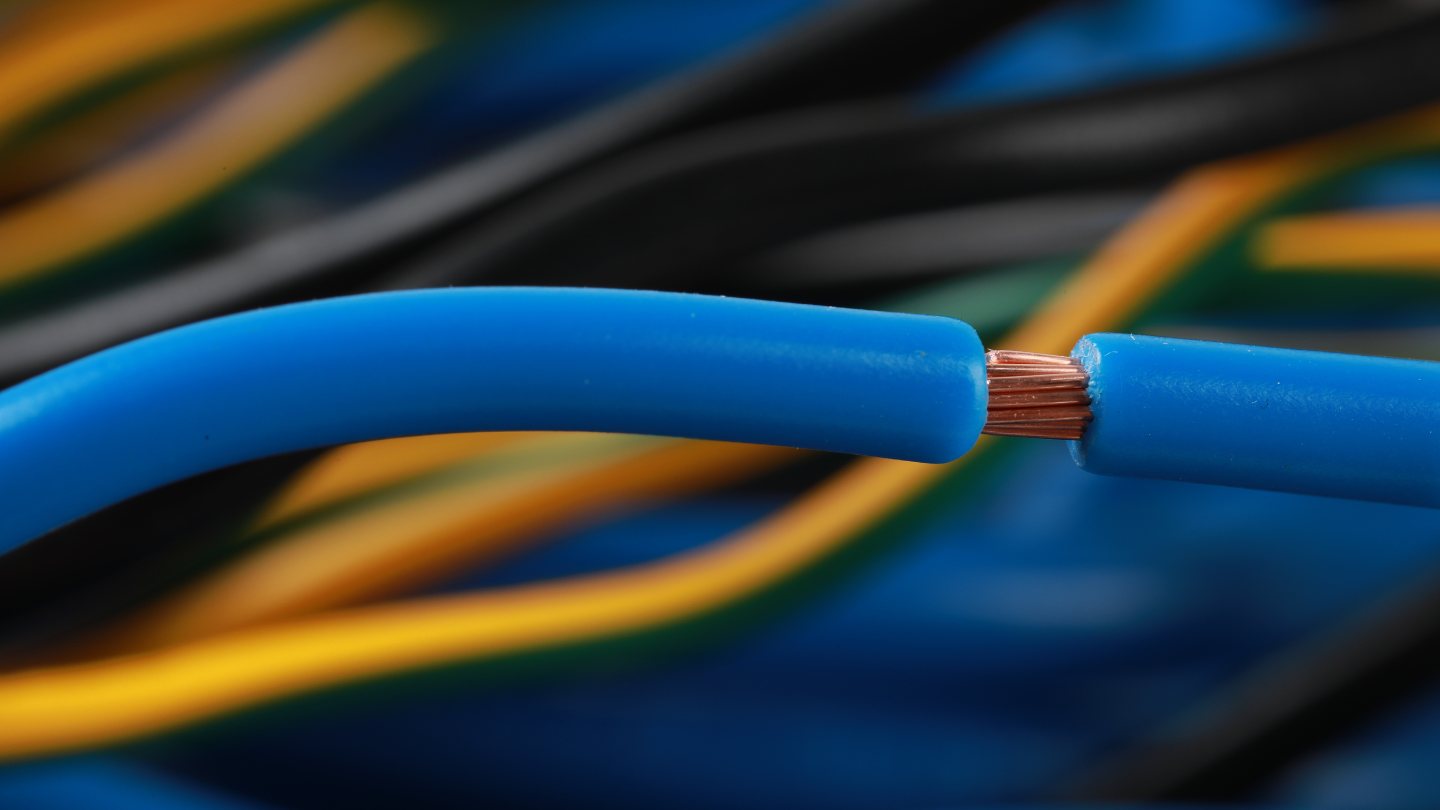
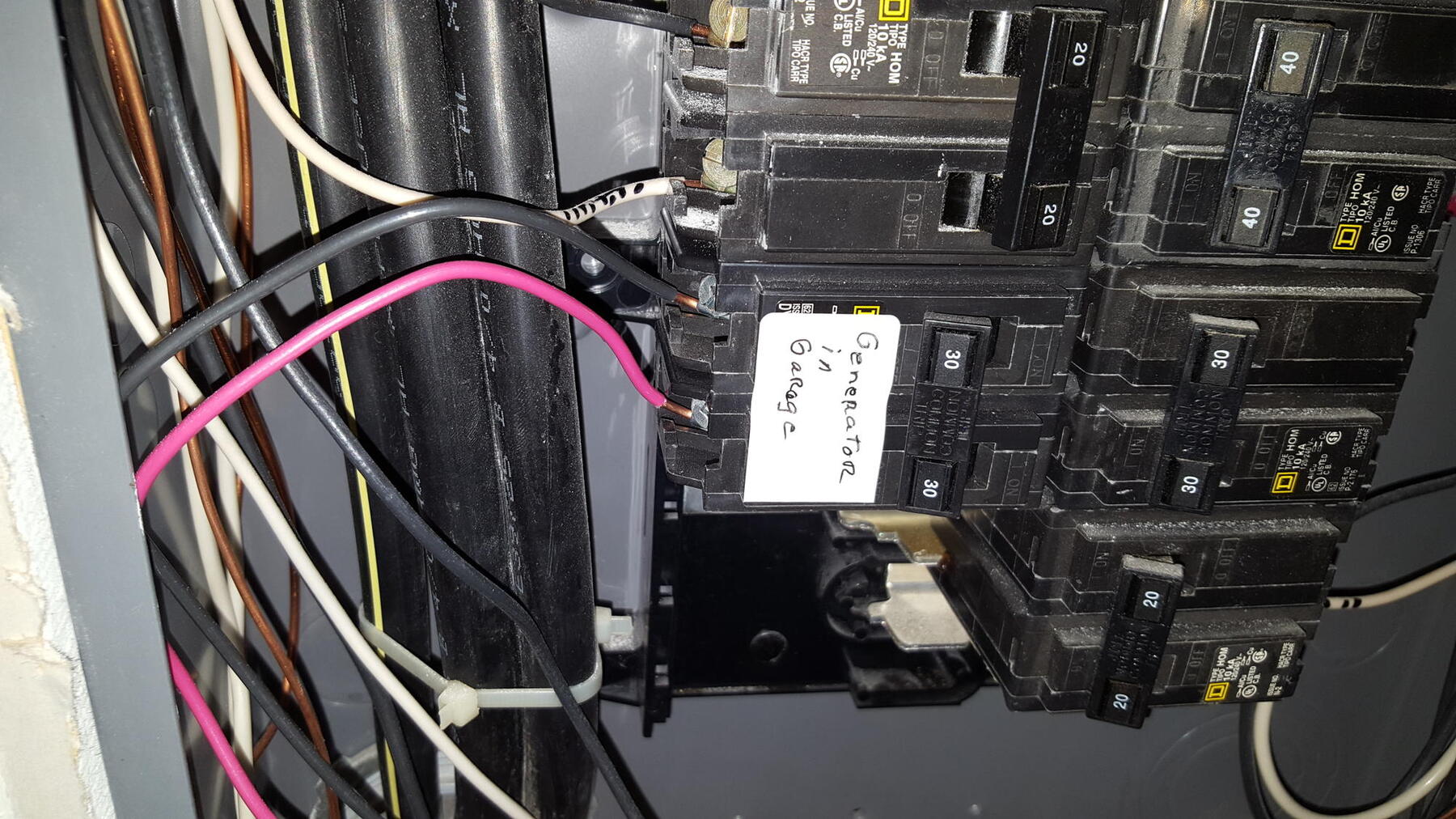
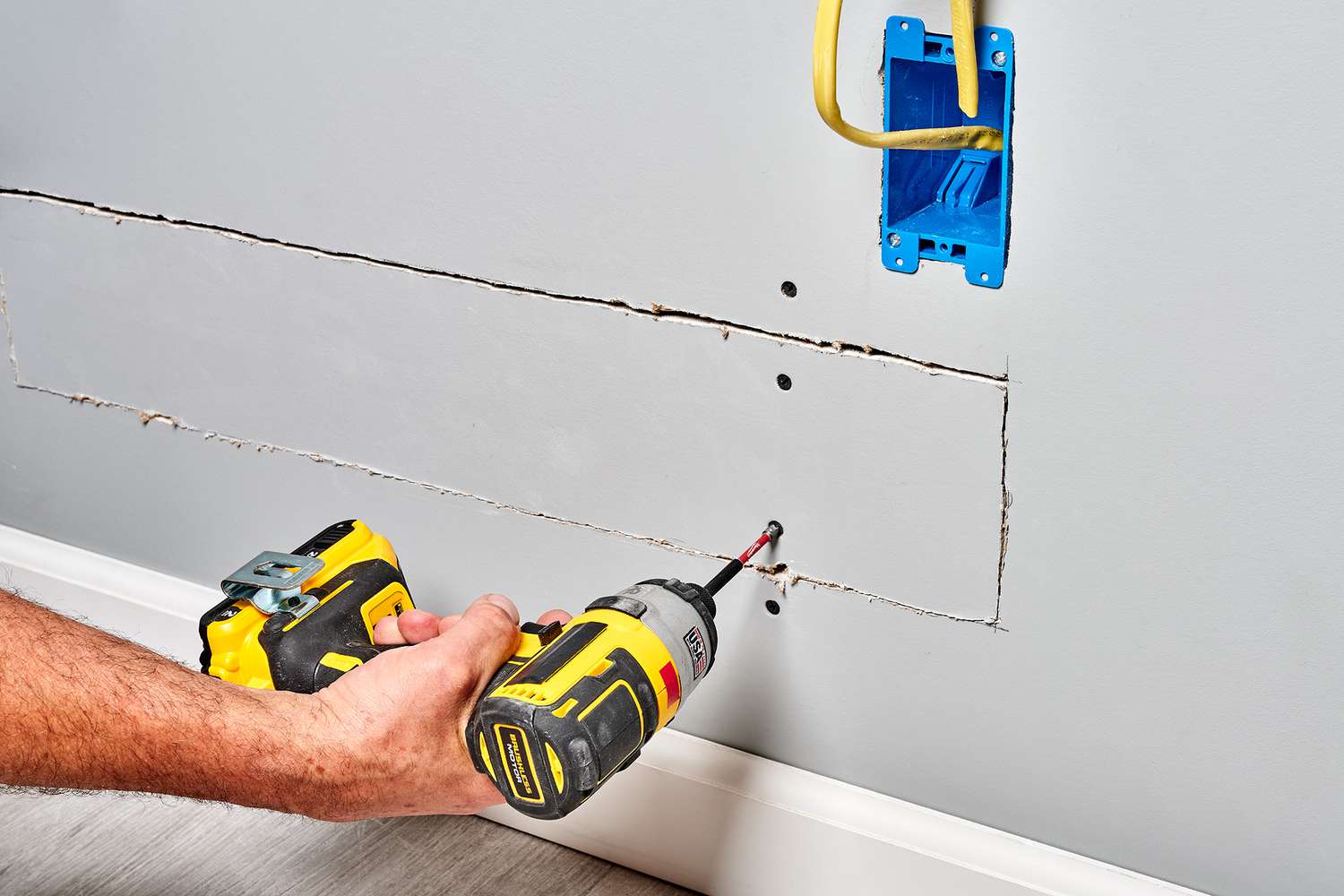
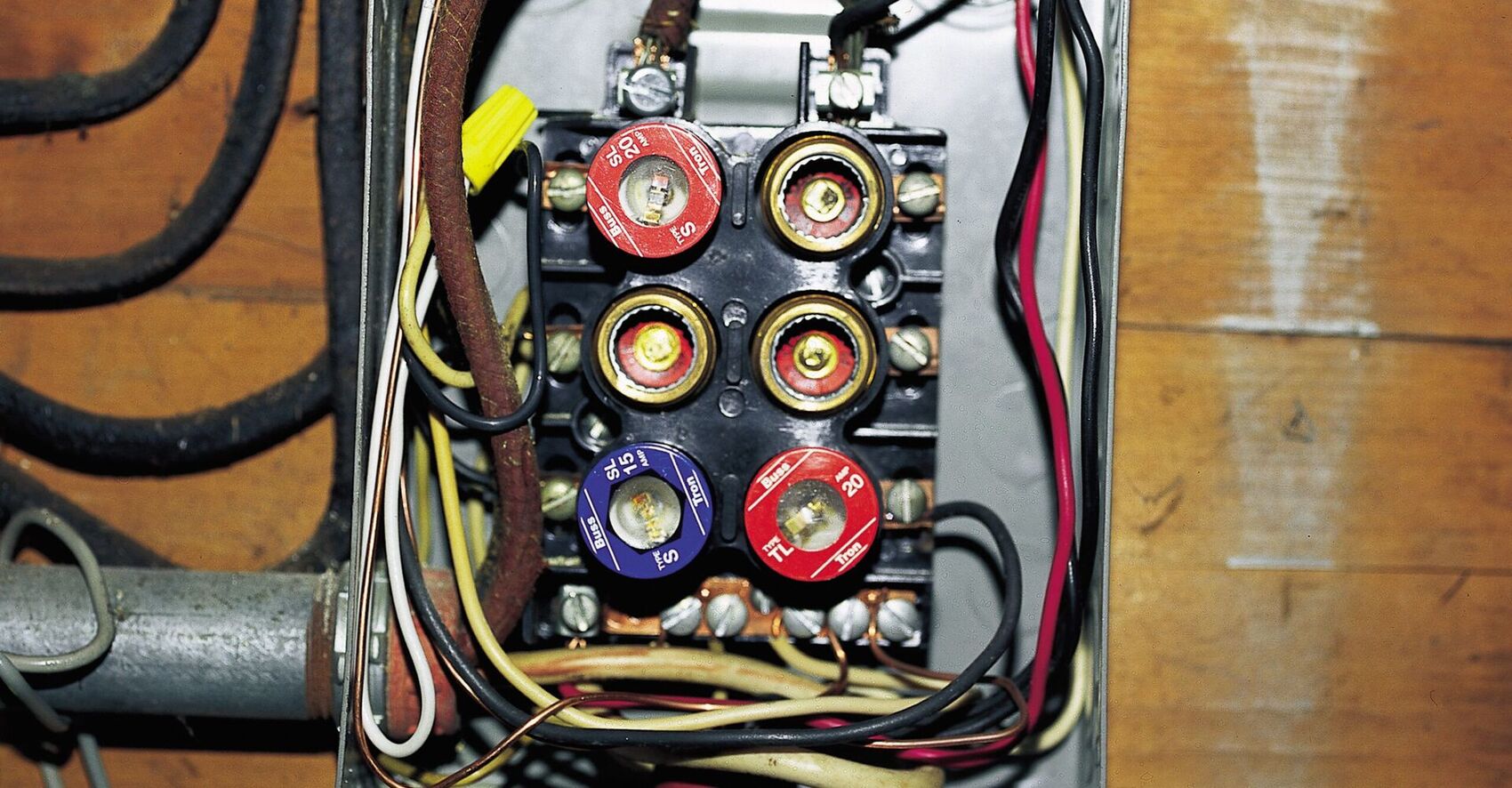

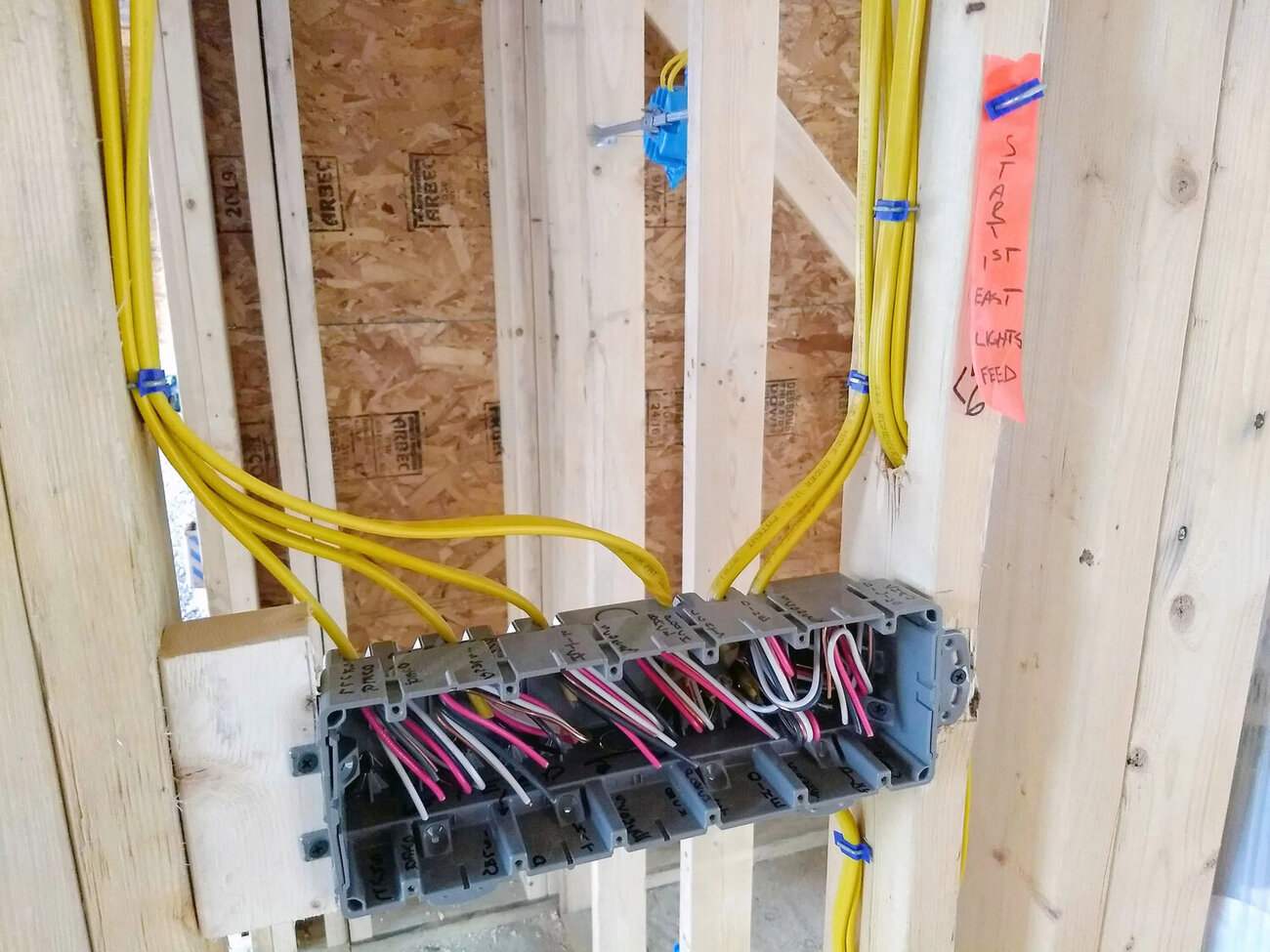
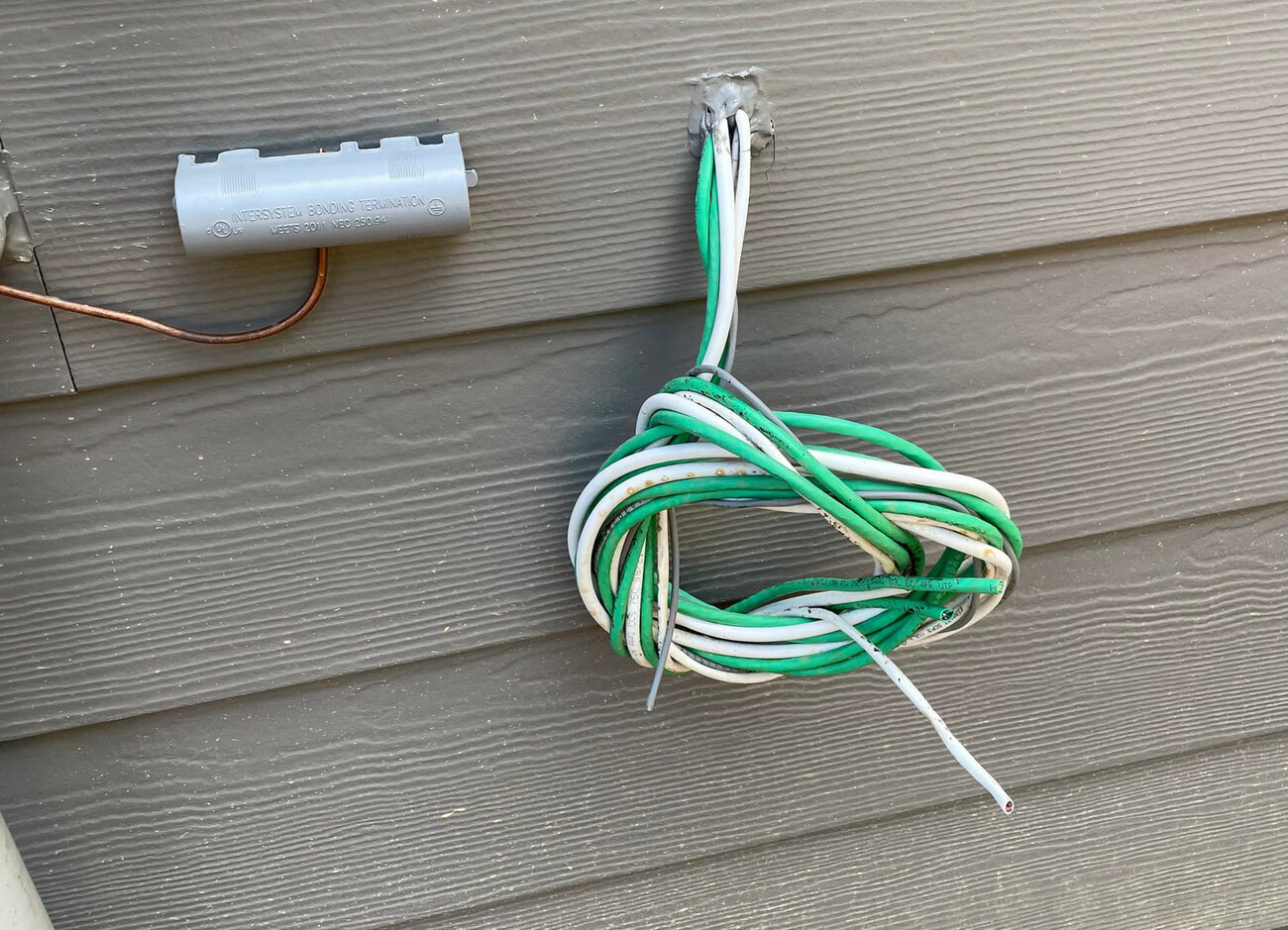
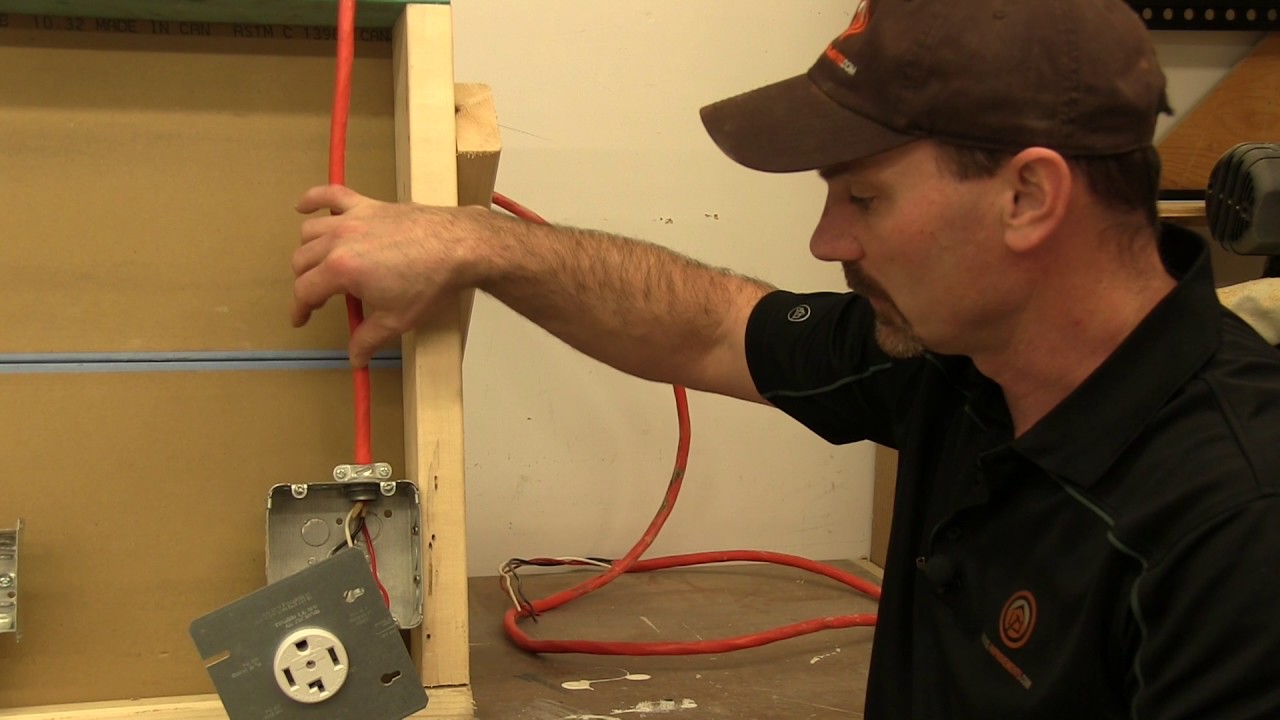

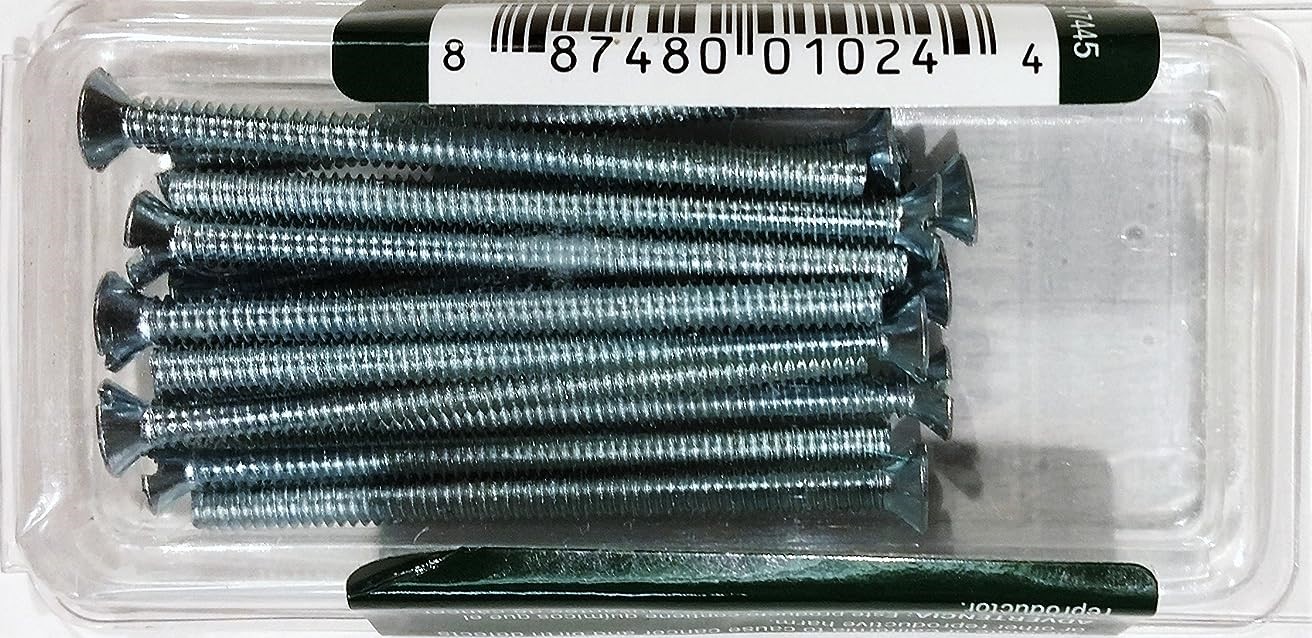
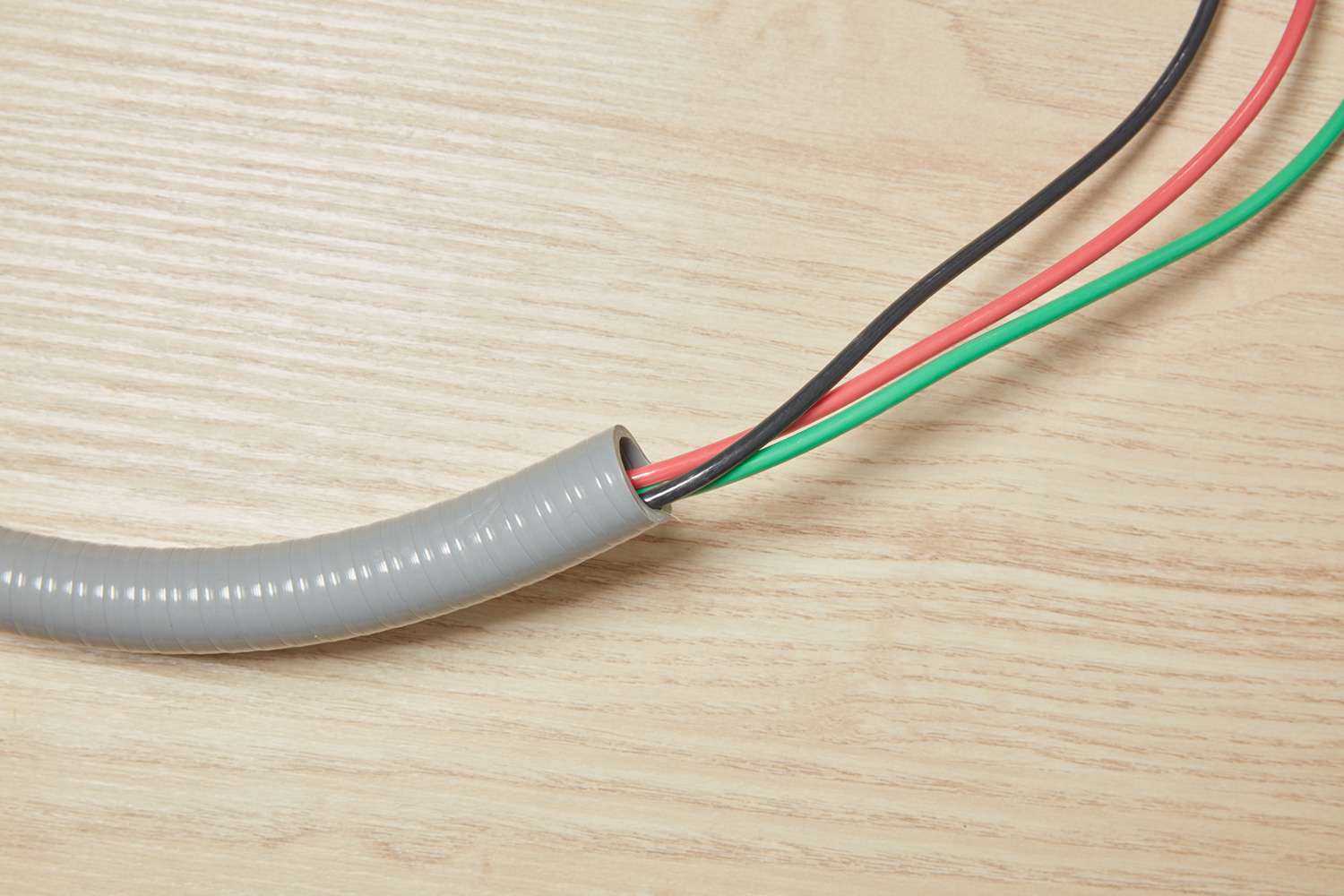
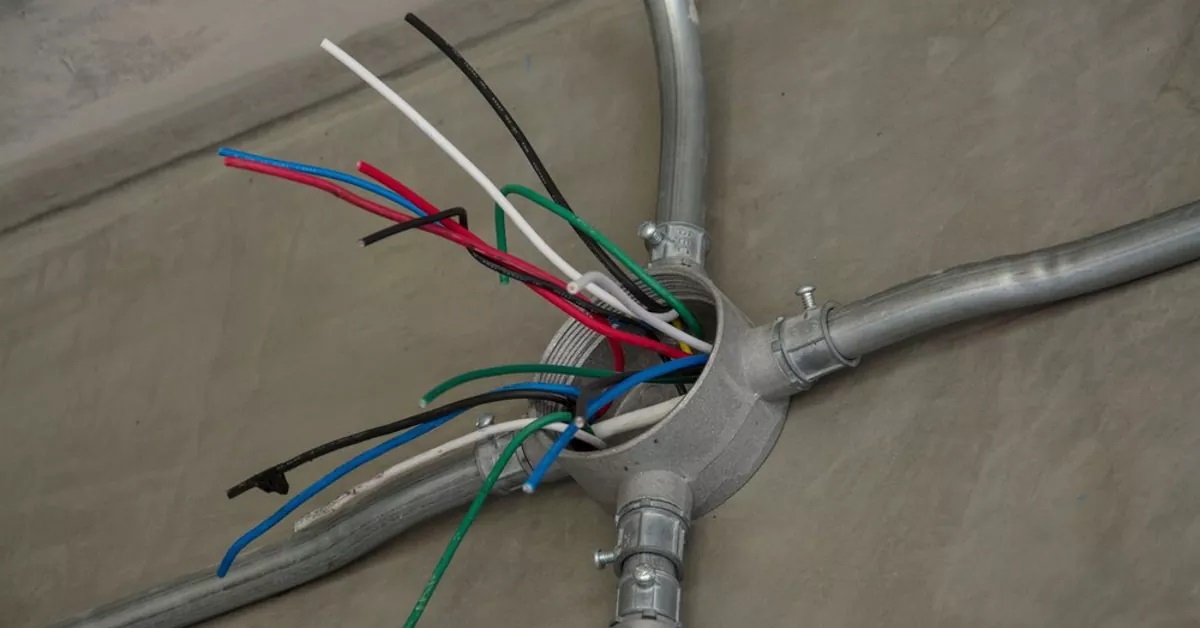
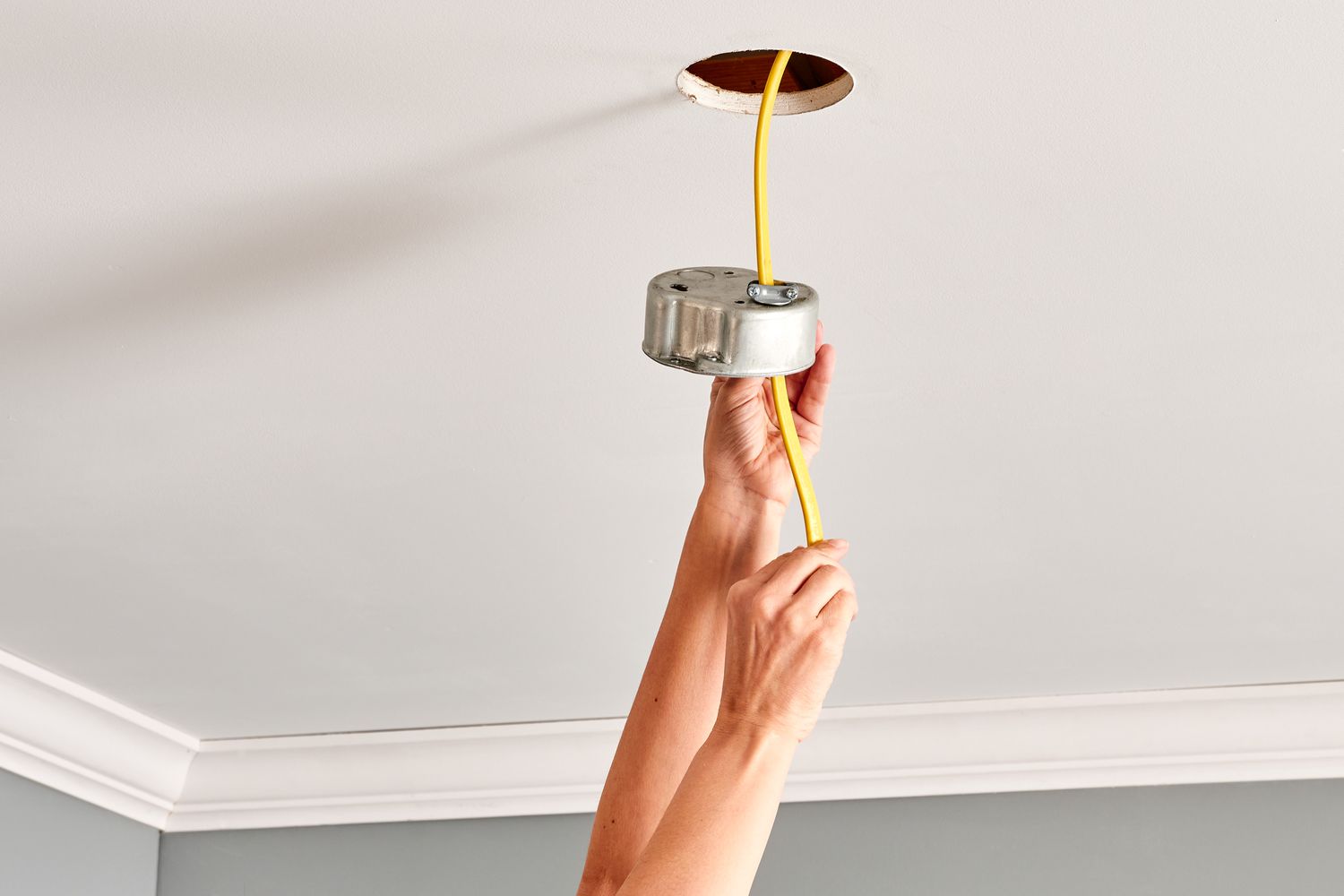
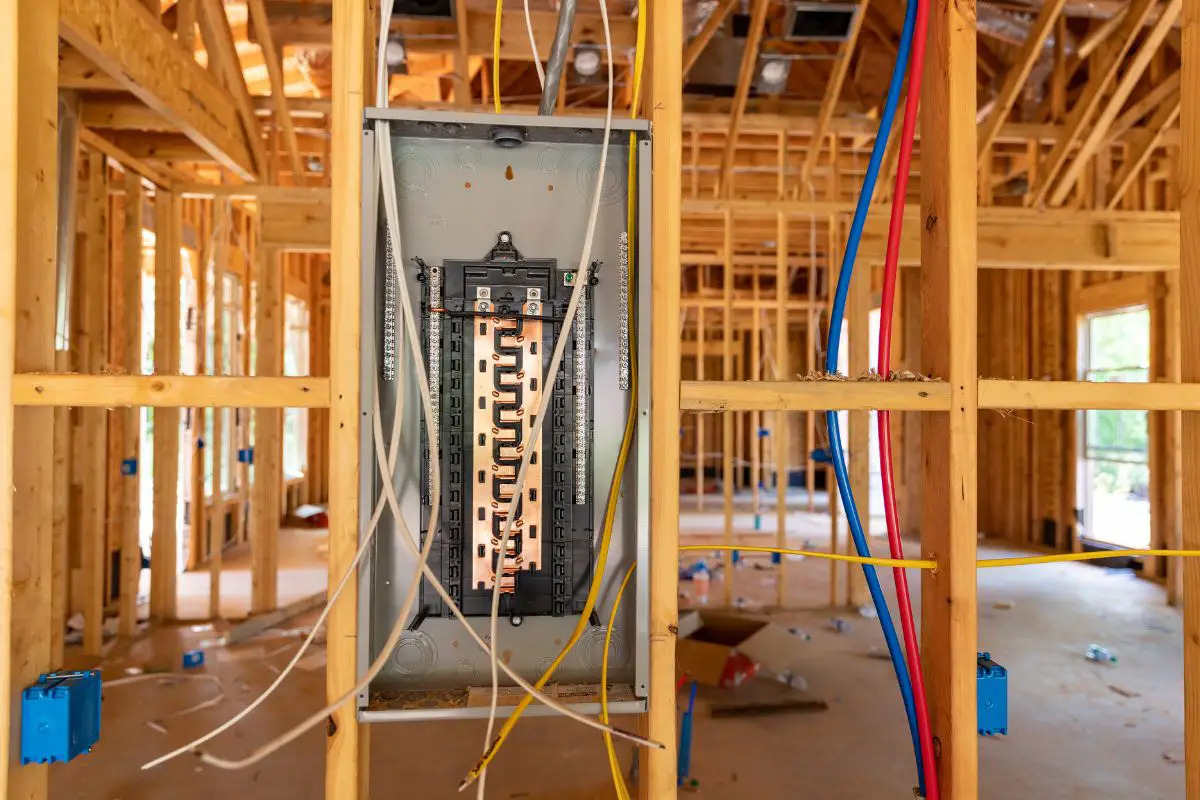

0 thoughts on “What Size Of Electrical Wire To Use For Your Electrical Installation”